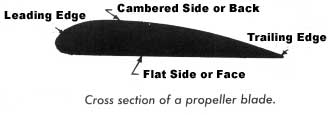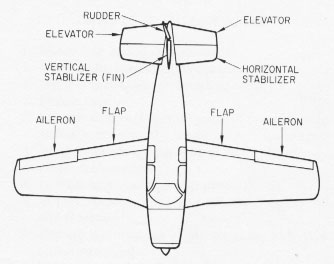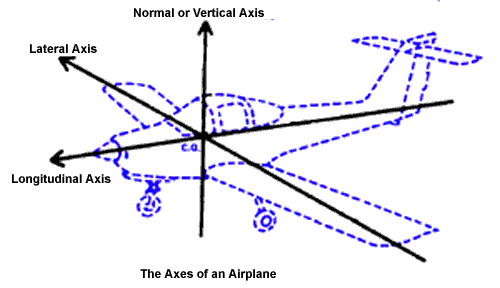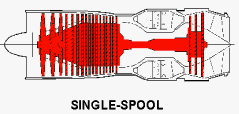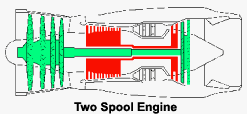Airbus has, for several years now, been promoting a vision of air travel in 2050. Starting with the basic structure, the “concept plane” was an attempt to imagine what might come to be if materials and aerodynamic ideas could be combined into a sort of “engineer’s dream”.
Airbus readily admitted that the result was “a package of technologies that are unlikely ever to coexist in such a manner”. The package was pretty – ultra-long and slim wings, semi-embedded engines, a U-shaped tail – but not especially radical as visions of the future go.
Far more thought-provoking fare came a year later. On the eve of the 2011 Paris air show, Airbus fleshed out some more radical notions of the passenger-aircraft interface, particularly inside the cabin.
Imagine, for example, an aircraft built of intelligent membranes that turn from opaque to transparent on command, to do away with windows and provide a panoramic view of the sky. Enhanced reality projection could add to the scene, or even turn it into images tailored to suit each passenger. Indeed, Airbus imagines palm-recognition check-in, so the aircraft would know each passenger intimately and, thanks to its smart materials and neural networks, be able to learn their preferences for, say, cabin lighting, or even seat shape.
Other ideas may be less esoteric. Bionic-inspired structures that mimic birds’ bones – strong where needed and light everywhere else – are already on the drawing board, and energy-harvesting techniques to capture passengers’ body heat to power onboard systems are already in use in the Stockholm metro.
Hydrogen fuel cells could provide emission-free onboard electric power while on the ground, while solar panels on the wings and fuselage could be another way to provide some onboard power.
Also probably much closer than 2050 are self-repairing materials that would help keep a cabin in as-new condition. Fully recyclable plant fibres could replace many non-renewable materials used today.
OPERATIONS
Now, with a more careful look at how savings – particularly of fuel – may be found in operations, Airbus has perhaps opened the most interesting aspect of what it hopes will be a wide-ranging debate over the future of air travel. As some of its latest ideas could conceivably be put into practice with little modification of the existing aircraft fleet, it may not be necessary to wait decades for their realisation.
Least controversial among what Airbus executive vice-president engineering Charles Champion describes as “disruptive ideas” needed to spur aviation towards its goal of halving carbon emissions by 2050 are two concepts for greater on-the-ground efficiency. One involves using navigation technology to optimise an aircraft’s actual landing position, so that an autonomous – and renewably powered – taxi tug could be waiting. The result could be that aircraft could switch off engines sooner but still be quickly pulled off runways, to optimise terminal space and remove runway and gate limitations.
Another is to create regional supplies of sustainable biofuels and energy sources ranging from hydrogen to solar electricity to power airports and aircraft.
Also not wildly futuristic are free-glide approaches and landings, which may be seen as an extension of the so-called 4D flights along optimum paths already being trialled and which are widely held to be possible if next-generation air traffic management systems are put in place. The purpose would be to remain in cruise altitude efficiency for longer, and reduce noise and emissions during approach by taking a steeper descent without engine thrust or air braking.
 |
|
 |
|
Airbus
|
Free-glide approaches would, Champion believes, also reduce landing speed – which would translate into shorter runways.
Also intriguing is Airbus’s notion of formation flying. The concept is not new, but, as Champion explains, it may not take a great leap to realisation. Champion estimates that by riding in another aircraft’s slipstream at a distance of about 1nm (1.85km), fuel burn could be reduced by 10-15% – about what might be expected by introducing the engines currently under development by Pratt & Whitney and CFM International to replace their popular V2500 and CFM56 narrowbody models around the middle of the decade.
He stresses that there is no question of attempting to maintain formations near airports; the idea only applies during flight in a “stable trajectory”; for example, over the ocean. And, he says, safety comes first, so for an aircraft to join a queue would always be a pilot-controlled manoeuvre.
Rather more daunting is an idea for assisted take-off. As Airbus presents it, aircraft would be propelled to take-off speed partly by their own engines and partly by a tractor (renewably powered, of course). The result would be quicker acceleration on shorter runways and steeper climb to cruise; aircraft could carry smaller engines, too, saving fuel all around.
What happens to these tractors when they reach the end of the runway at take-off speed, however, is one of those details that still needs to be worked out.


































